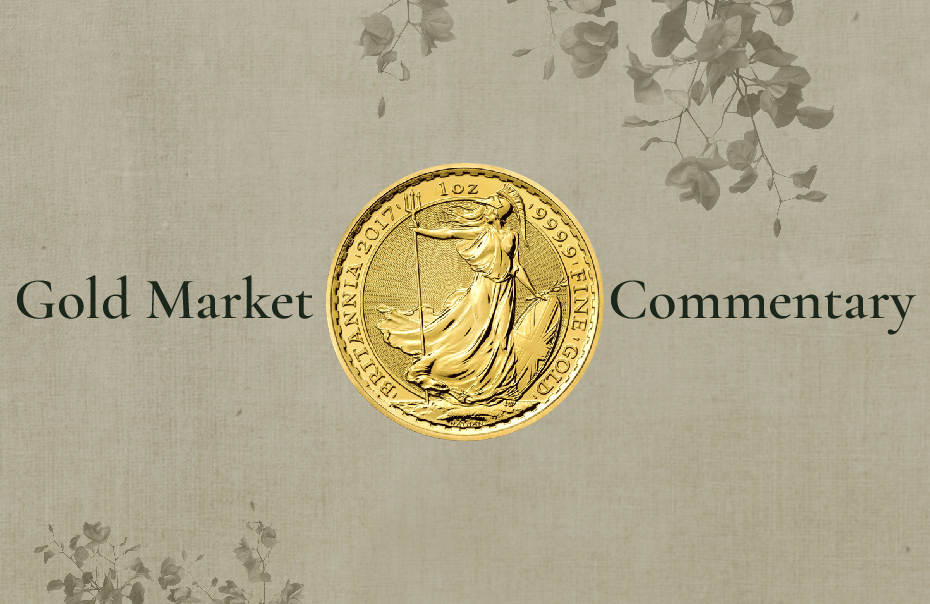Gold prices accelerated higher in the first half of November, buoyed by nagging concerns over inflation.
Prices of gold, seen as a hedge against rising prices, rose around 2.6 percent in the second week of November, underpinned by rising consumer prices in the United States.
Spot gold prices were down 0.44 percent at 1,857.26 per ounce on Monday, November 15.
Societe Generale analysts have said that inflationary pressures could help gold prices to average around $1,950 per ounce in the first quarter of 2022.
Recent signals from the U.S. Federal Reserve (central bank) that a climate of low interest rates could persist for some time to stimulate the economy, have supported bullion.
However, the latest U.S. October prices data, revealed in November, showing that inflation was running at an annualised projected rate of more than 6 percent, suggested that the U.S. Federal Reserve could move to raise interest rates faster than expected.
“We had already assumed that U.S. inflation was likely rising faster than had been being predicted by the Fed and the mainstream media,” wrote Lawrie Williams, gold market commentator with bullion dealer Sharps Pixley.
“With the runup to Thanksgiving and Christmas, coupled with the current supply-chain issues, we suspect the North American inflation rise may get worse before it gets better.”
Low interest rates have buoyed prices of gold, which bears no yield. If interest rates rise, alternative interest-bearing assets to gold can become relatively more appealing to investors.
If central banks start raising interest rates to put the brakes on inflation, gold prices risk correcting downwards, analysts say.
The pound edged higher against the U.S. dollar in the second week of November, supported by an easing of tensions between Britain and the EU over trade at the Northern Ireland border.
A firmer pound makes it more affordable for UK-based savers to buy dollar-denominated bullion.
The pound fell more than 6 percent against the dollar in the last six months as the economy was hit by supply chain bottlenecks, labour shortages and a fuel distribution crisis.
Monetary policy could also have an impact on the pound in the coming weeks.
After the Bank of England decided to leave interest rates unchanged in November, surprising many analysts who had expected an increase, attention has shifted to the next rate-setting meeting of the UK central bank in December when rates could rise, potentially supporting the pound further.
Many analysts believe that as the Bank of England held rates steady, it will be more likely to tighten monetary policy at its meeting next month in order to keep a lid on inflationary pressures.
However, the latest economic growth data from the UK, showing slowing economic growth between July and September, could add to pressure on the Bank of England to leave rates unchanged at their current historic lows, in order not to risk destabilising the economic recovery.






























